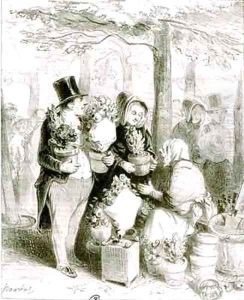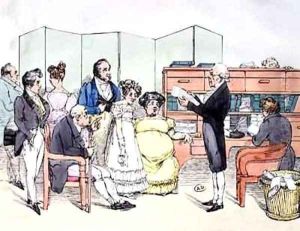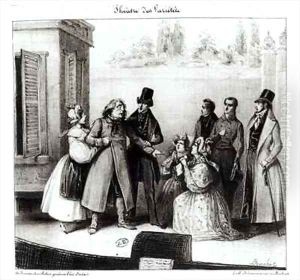Frederic Bouchot Paintings
Frédéric Bouchot was a French artist known for his skills as a lithographer and painter. Born on February 27, 1798, in Paris, France, Bouchot began his artistic journey at a young age. During his lifetime, he was recognized for his contributions to the popular mode of printmaking, which was a critical medium for communication and the dissemination of art and ideas in the 19th century.
Bouchot's early years were spent training under prominent artists of the time. He studied at the École des Beaux-Arts in Paris, which was a major hub for artistic education in France. His work was influenced by the political and social changes occurring in France, including the turbulent periods surrounding the French Revolution of 1789, the Napoleonic era, and the Restoration.
As a lithographer, Bouchot was part of the explosion of print media that characterized the 19th century, a time when lithography became a popular form of reproducing images due to its ability to print large editions. Bouchot's lithographs often depicted current events, political satire, and social commentary, reflecting the vibrant cultural and political life of Paris. He was adept at capturing the spirit of his times and his works often had a journalistic quality, providing visual narratives of contemporary happenings.
Aside from lithography, Bouchot also explored painting, although he is less known for his canvases than for his print work. His style was rooted in the Romantic movement, which was dominant in the arts during his lifetime. The Romantic movement emphasized emotion and individualism, as well as glorification of the past and nature, which can be seen in the themes Bouchot chose for his paintings.
Unfortunately, Frédéric Bouchot's career was relatively short-lived. He died at a young age, on March 7, 1842, in Paris. Despite his early death, Bouchot left behind a body of work that offers valuable insight into the artistic and cultural milieu of early 19th-century France. His prints remain important historical documents and are collected and studied for their artistic merit and historical significance.


